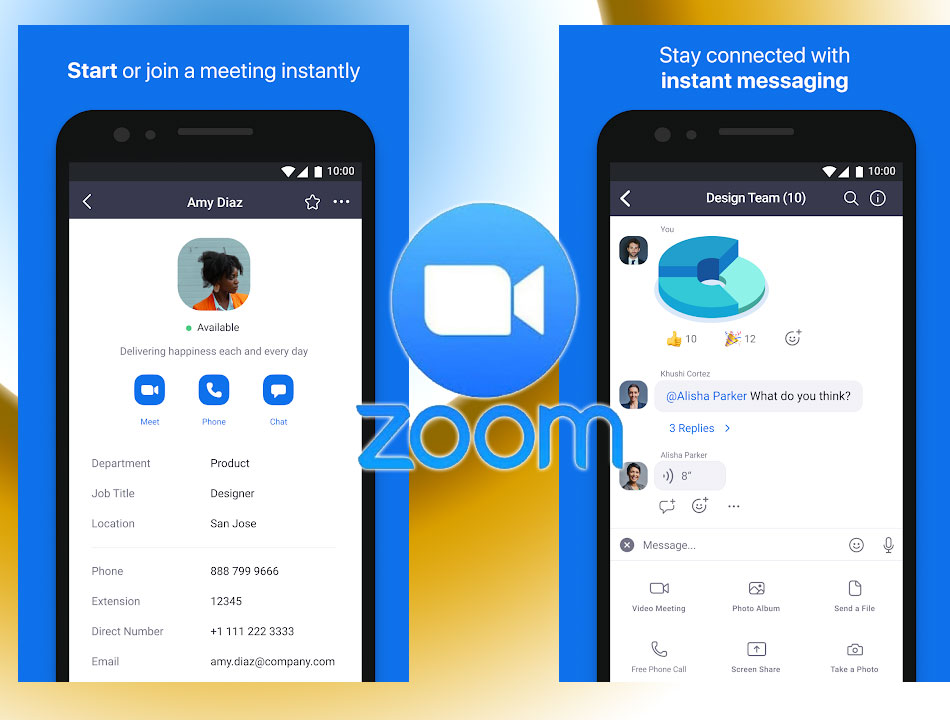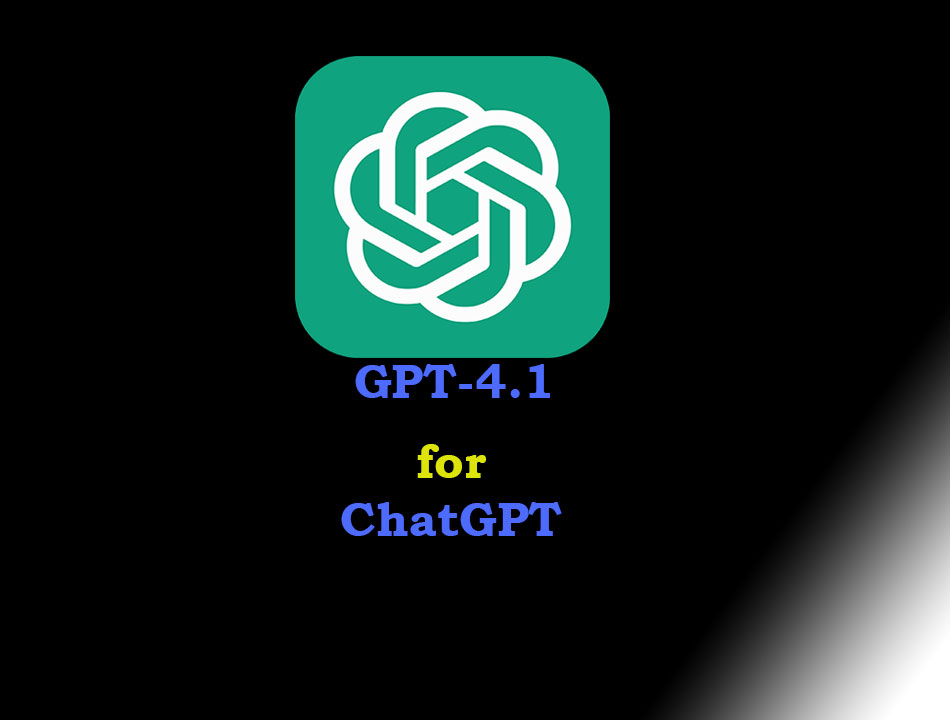
Zoom Video Communications, Inc. Provides videotelephony and online chat services through a cloud-based peer-to-peer software platform and is used for teleconferencing, telecommuting, distance education, and social relations. From the past few months, this app has become increasingly popular due to Coronavirus as maintaining social distance became a norm. It was used thoroughly by students for attending online classes, office employees for all their meetings and companions for their chitchats.
However, Zoom was involved in a controversy where it was found guilty of breaching security and privacy of their users. India's Ministry of Home Affairs issued an advisory on the use of the video conferencing app. It had said the use of the platform is "not safe." FBI warned users in the USA. Countries like Germany, Taiwan and Singapore banned the app.
What led to its downfall was the fact that Zoom's website mentions end-to-end encryption for video calls, but it was after some time claimed by the company that it is only for Zoom text chats and that the video meetings are secured using only the TLS encryption.
Now, Zoom is asking users to update their app to 5.0 version as now they are looking to provide users a safe environment all thanks to system wide security enhancements and GCM mode.
Zoom, on their blog post, stated that from May 30, “GCM encryption will be fully enabled for all meetings.”
Other changes that will come into action are displaying non-video participants through their avatar by default and turning off call history by default.
In order to update the app, one can head to their official website on PC. Mobile users can head to playstore or app store to use the new 5.0 version of Zoom.
It remains to be seen if these new security changes can help them save their reputation.
Understanding GCM encryption
Galois/Counter Mode encryption is an algorithm for authenticated encryption of data providing both privacy (encryption) and integrity. To provide encryption, GCM maintains a counter; for each block of data, it sends the current value of the counter through the block cipher. Then, it takes the output of the block cipher, and exclusive or's that with the plaintext to form the ciphertext.







